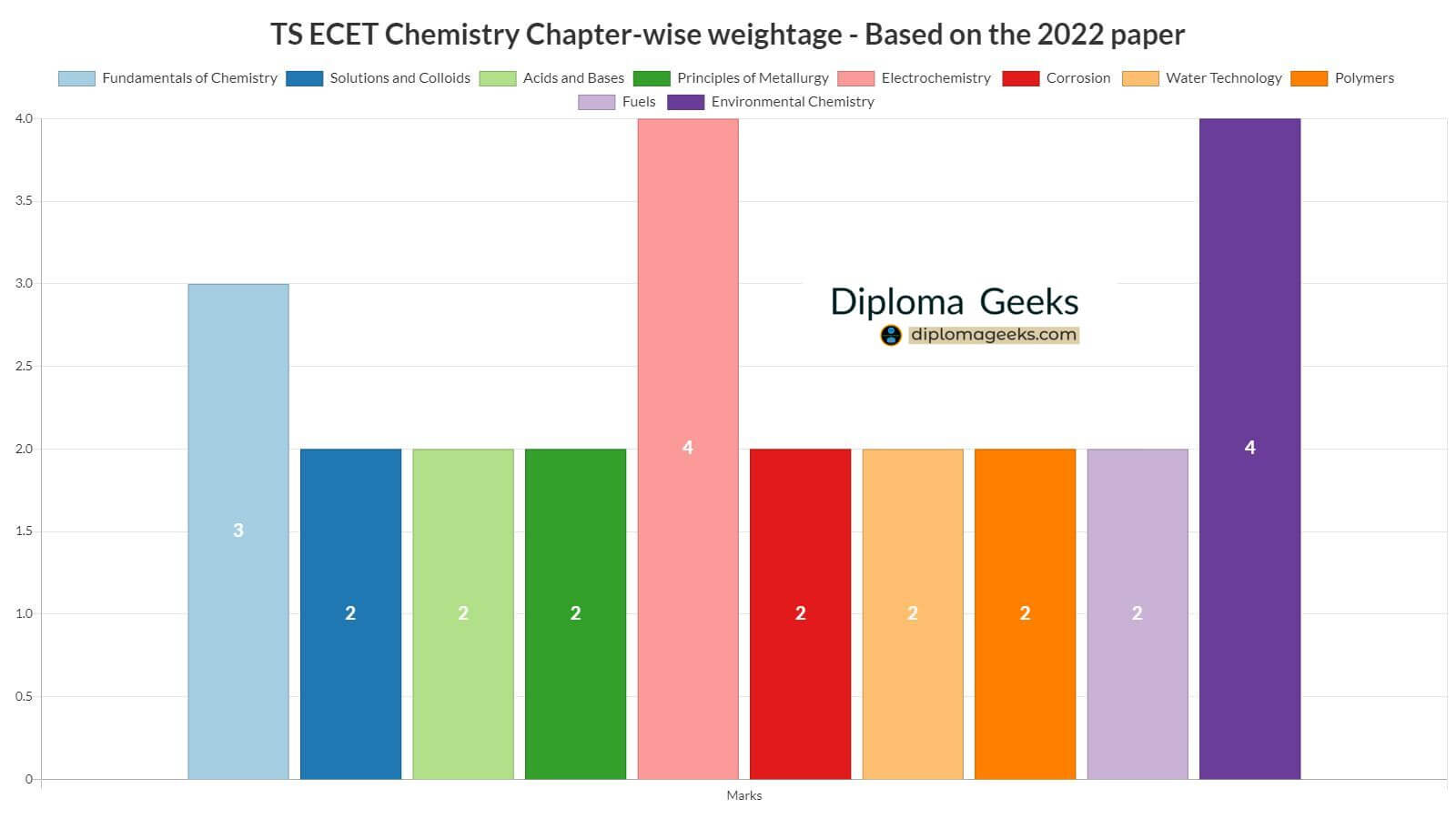- The inverse Laplace transform is used to find the original function from its Laplace transform
- The inverse Laplace transform has properties similar to those of the Laplace transform, such as the shifting theorem, scaling property, and multiplication and division by s
- Partial fraction decomposition and the convolution theorem can be used to find the inverse Laplace transform of rational functions and the convolution of two functions, respectively
- The Bromwich integral is a formula that can be used to compute the inverse Laplace transform directly from the Laplace transform, although it requires complex analysis
- The inverse Laplace transform is an important tool in solving differential equations and other mathematical problems involving time-dependent functions
Important Formulas to Remember in these topic
- Inverse Laplace Transform:
$$\mathcal{L}^{-1}\{F(s)\} = \frac{1}{2\pi i}\lim_{T\to\infty}\int_{\gamma-iT}^{\gamma+iT}e^{st}F(s)ds,$$
where F(s) is a Laplace transform, gamma is a real number
- Shifting Theorem for Inverse Laplace Transform:
$$\mathcal{L}^{-1}\{e^{as}F(s)\} = u(t-a)\mathcal{L}^{-1}\{F(s)\},$$
where F(s) is a Laplace transform, and u(t-a) is the Heaviside step function defined by:
- Change of Scale Property for Inverse Laplace Transform:
$$\mathcal{L}^{-1}\{F(\alpha s)\} = \frac{1}{\alpha}\mathcal{L}^{-1}\{F(s)\},$$
where F(s) is a Laplace transform, and alpha is a positive constant.
- Multiplication and Division by s:
$$\mathcal{L}\{tf(t)\} = -F'(s), \quad \mathcal{L}\{f'(t)\} = sF(s) - f(0),$$
where f(t) is a function of t, and F(s) is its Laplace transform.
- Inverse Laplace Transform by Partial Fractions:
$$\mathcal{L}^{-1}\left\{\frac{P(s)}{Q(s)}\right\} = \sum_{i=1}^n\sum_{j=1}^{m_i} \frac{A_{i,j}}{(s-s_i)^j}e^{s_it},$$
where P(s) and Q(s) are polynomials in s, Q(s) has distinct roots s_1, s_2, \ldots, s_n, m_i is the multiplicity of s_i as a root of Q(s), and A_{i,j} are constants determined by partial fraction decomposition.
- Convolution Theorem:
$$\mathcal{L}\{f(t)*g(t)\} = F(s)G(s),$$
where f(t) and g(t) are functions of t, F(s) and G(s) are their Laplace transforms, and * denotes convolution. This theorem can be used to solve linear ordinary differential equations up to second order with initial conditions.


